Is It Possible to Phase Out Petroleum and Transform our Transportation System?
Union of Concerned Scientists
SEPTEMBER 26, 2022
Replacing petroleum with renewable electricity as the primary source of transportation energy will leave us all much better off. New technologies are not necessary to meet the carbon reduction targets needed to achieve net-zero emissions in 2050. An average global temperature change greater than 1.5


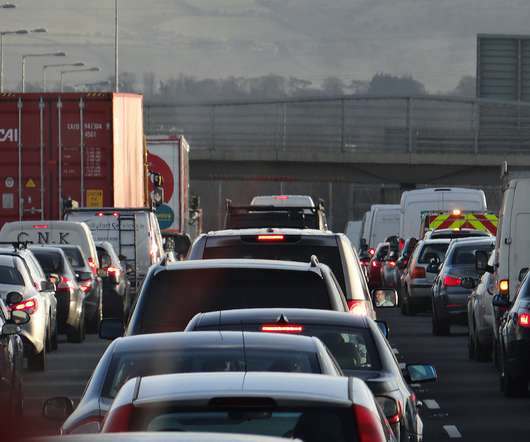
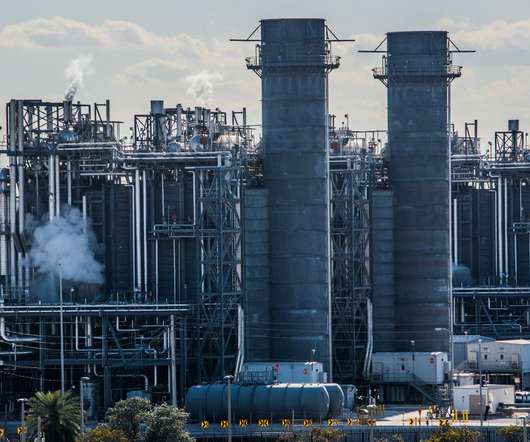



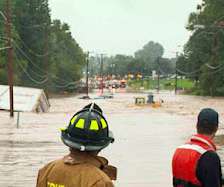
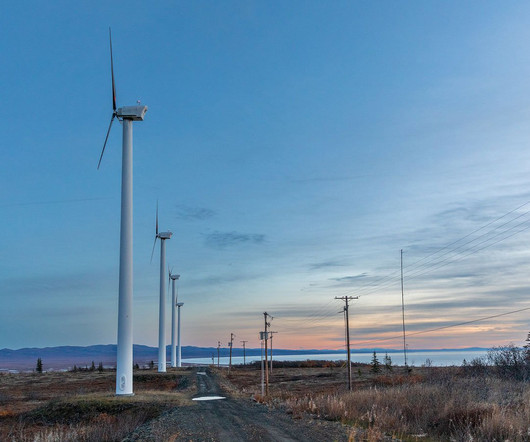

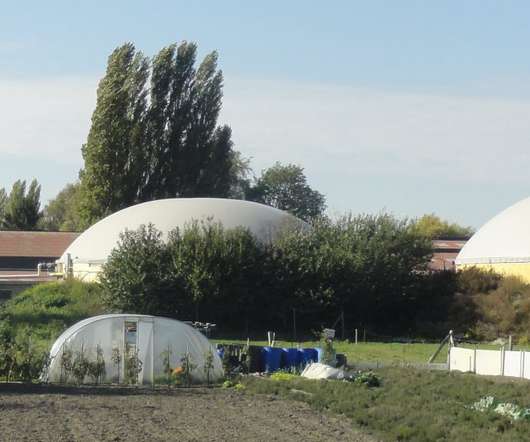


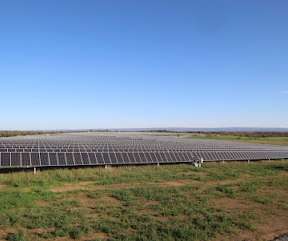










Let's personalize your content